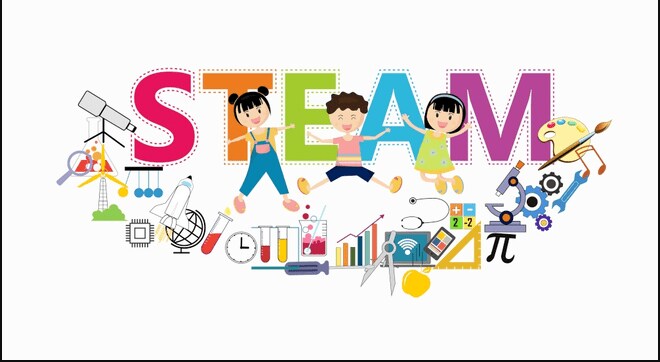
STEAM is the future and fortunately for students
Technology is changing company operations and what firms do, and this has an impact on how we should prepare our kids for success in this new workforce. Although it is difficult to forecast what the professions of the future will entail, we do know that companies are increasingly seeking candidates with a blend of digital transferrable skills and interpersonal, communication, creative, and problem-solving abilities.
The integration of science, technology, engineering, and math (STEM) principles with the arts (STEAM) has become increasingly important in recent years, especially in primary and early childhood education settings. The Australian Curriculum emphasizes the value of STEAM education in helping students acquire a wider range of skills in order to get ready for college and the workforce.
The sheer number of STEAM concepts being incorporated into Australian curricula on a daily basis is astounding. But the concentration on STEAM material has resulted in a greater emphasis on quantifiable academic achievements and a rise in the usage of didactic approaches. Instructors who only address quantitative issues have less time to help students acquire 21st century abilities.
To set students up for success in the future workforce, we need to rethink learning to consistently provide engaging, meaningful, and playful experiences for students that develop STEAM knowledge and a breadth of skills – social, emotional and creative – to ultimately build learner confidence and agency. One approach that has been gaining global momentum is play-based learning or learning through play.
